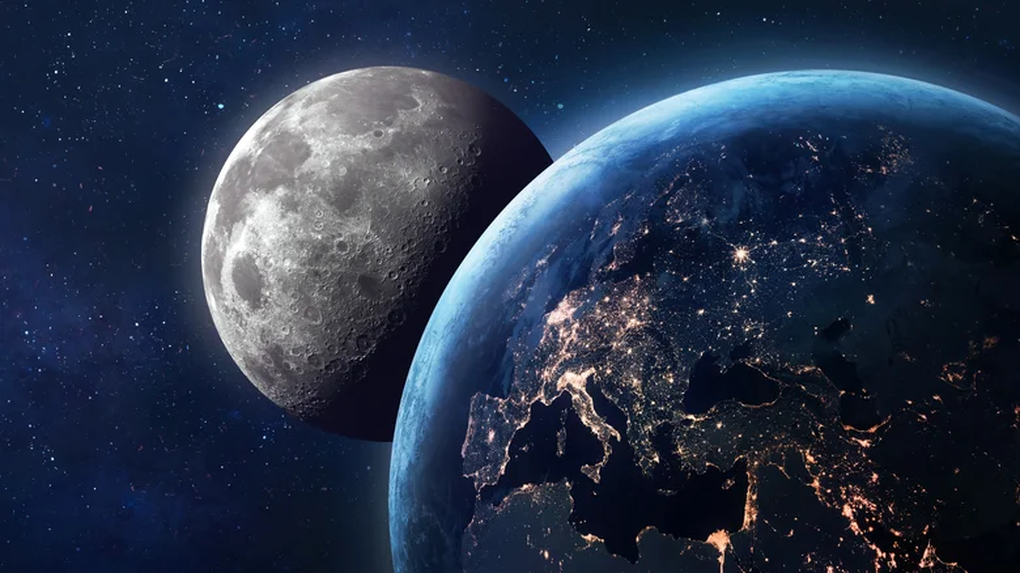
In 1957, the robotic probe Sputnik I opened a new era in space exploration, showing that human access to the Moon was no longer a fantasy.
Soon after, in 1969, Apollo 11 took the first human steps on the surface of the Moon - a great milestone in human history.
The journey of discovery was not all glory. The Apollo 13 mission almost turned into a tragedy when the spacecraft suffered a serious accident in space, forcing the crew to fight for their lives. The touching story was later recreated on the big screen, with the participation of actor Tom Hanks.
However, the desire to understand and live on the Moon still burns, urging humanity to keep moving forward.
However, human presence on the Moon has been suspended for more than half a century. Apollo 17, the last manned mission, left the Moon in 1972 after three days of exploration and sample collection. No one has returned since; only robots quietly continue their survey work.
Now, that is about to change.
Fifty years after Apollo 17, NASA is ready to send humans back to the Moon with the Artemis program. The Artemis I mission, an unmanned test flight, launched successfully in November 2022, paving the way for the next step: Artemis II, a journey that will take humans further on the path to conquering space.
Artemis II mission details
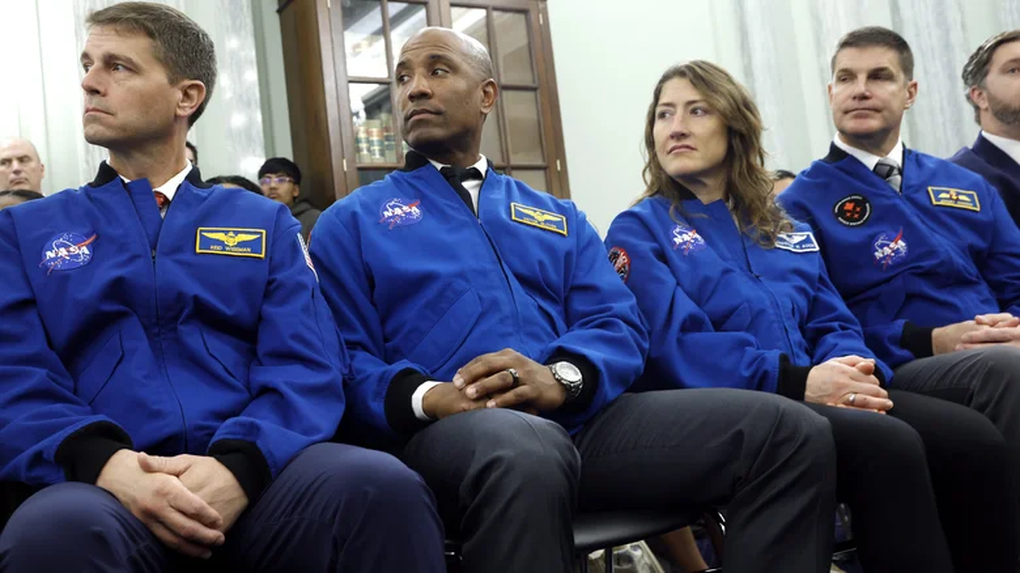
Despite numerous delays that seemingly doomed the plan to return humans to the Moon, the Artemis II mission is finally scheduled to launch in April 2026.
The ship will take four astronauts away from Earth on a 10-day journey, making a flyby of the Moon to test all systems of the Orion spacecraft.
This is an important test step to ensure the ship is capable of handling any situation that arises, and at the same time lays the foundation for the next Artemis missions - missions expected to bring humans back and live permanently on the Moon.
The mission commander is Reid Wiseman, a Navy veteran and NASA astronaut since 2009, who has worked on the International Space Station (ISS).
The spacecraft's pilot is Victor Glover, who has been participating in space flights since 2013 and has 168 working days on the ISS.
The only female member of the team is NASA astronaut Christina Koch, who first flew in space in 2013 and currently holds the record for the longest spaceflight by a woman – 328 days.
The fourth member is Jeremy Hansen, a Canadian fighter pilot. He was the first Canadian to be trained as an astronaut by NASA, and will become the first Canadian in history to orbit the Moon.
Along with testing the flight system, scientists will also monitor and analyze the bodies of the four astronauts. Blood samples will be taken before departure and after return to understand the biological changes that occur in the environment of zero gravity and cosmic radiation.
The results of this research will help determine the level of impact of space on the human body, thereby providing solutions to protect the health of astronauts during long-term flights of the Artemis program - a stepping stone for humans to reach further, towards Mars in the future.
Artemis' future missions

If Artemis II goes smoothly, NASA will continue to deploy the Artemis III mission - an important step to bring humans back to the surface of the Moon after more than half a century.
According to the current plan, the Artemis III spacecraft will be launched in mid-2027. The crew of four astronauts will make a journey lasting about a month, including a week living and working in the South Pole region of the Moon - a place believed to contain water ice deposits, a valuable resource for life and future fuel production.
Depending on the results of Artemis III, NASA is expected to launch Artemis IV, a mission aimed at building the first lunar space station called Gateway.
Gateway is designed as a permanent “transit base” in lunar orbit, where astronauts can live, conduct research and receive supplies before landing on the surface.
It will be an incredibly complex system, built through multiple launches of unmanned probes and close collaboration between NASA and commercial and international partners.
Gateway is expected to become the “Artemis generation space station”, opening the era of long-term human presence in deep space. From here, humanity will not only stop at setting foot on the Moon, but also go further - towards Mars and other distant planets.
The Artemis program logo is also designed with a strong symbolic meaning. The letter “A” in the logo not only stands for Artemis, but is also shaped like the tip of the arrow of the Greek goddess of hunting, pointing upwards and towards the symbol of the Moon - representing the desire to constantly reach out to the far reaches of the universe.
Source: https://dantri.com.vn/khoa-hoc/nasa-cong-bo-thoi-diem-phong-tau-vu-tru-co-nguoi-lai-tro-lai-mat-trang-20251015024117321.htm



![[Photo] Party Committees of Central Party agencies summarize the implementation of Resolution No. 18-NQ/TW and the direction of the Party Congress](https://vphoto.vietnam.vn/thumb/1200x675/vietnam/resource/IMAGE/2025/10/27/1761545645968_ndo_br_1-jpg.webp)

![[Photo] National Assembly Chairman Tran Thanh Man receives Chairman of the House of Representatives of Uzbekistan Nuriddin Ismoilov](https://vphoto.vietnam.vn/thumb/1200x675/vietnam/resource/IMAGE/2025/10/27/1761542647910_bnd-2610-jpg.webp)

![[Photo] The 5th Patriotic Emulation Congress of the Central Inspection Commission](https://vphoto.vietnam.vn/thumb/1200x675/vietnam/resource/IMAGE/2025/10/27/1761566862838_ndo_br_1-1858-jpg.webp)
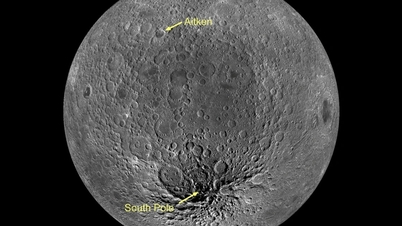
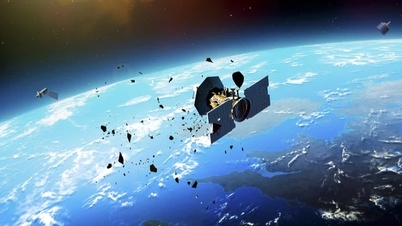

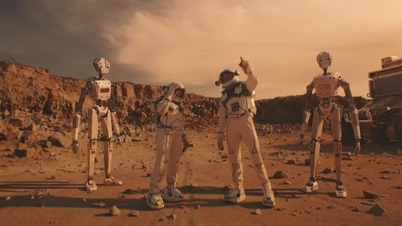
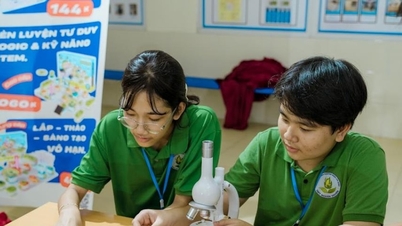

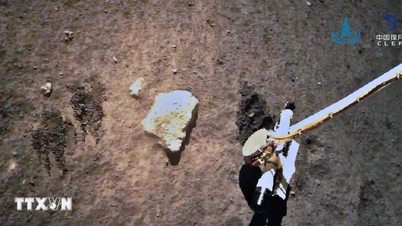



































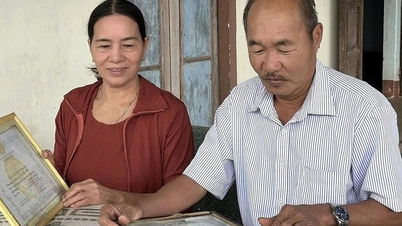



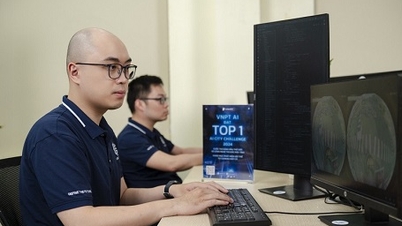





















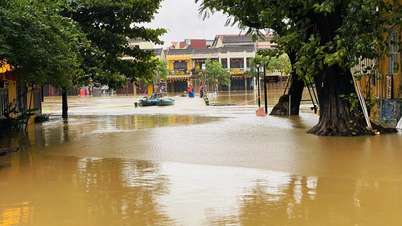


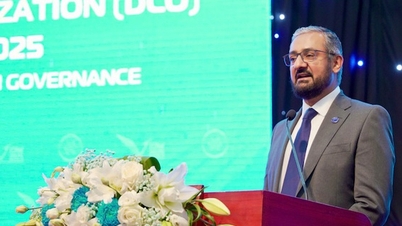



























Comment (0)